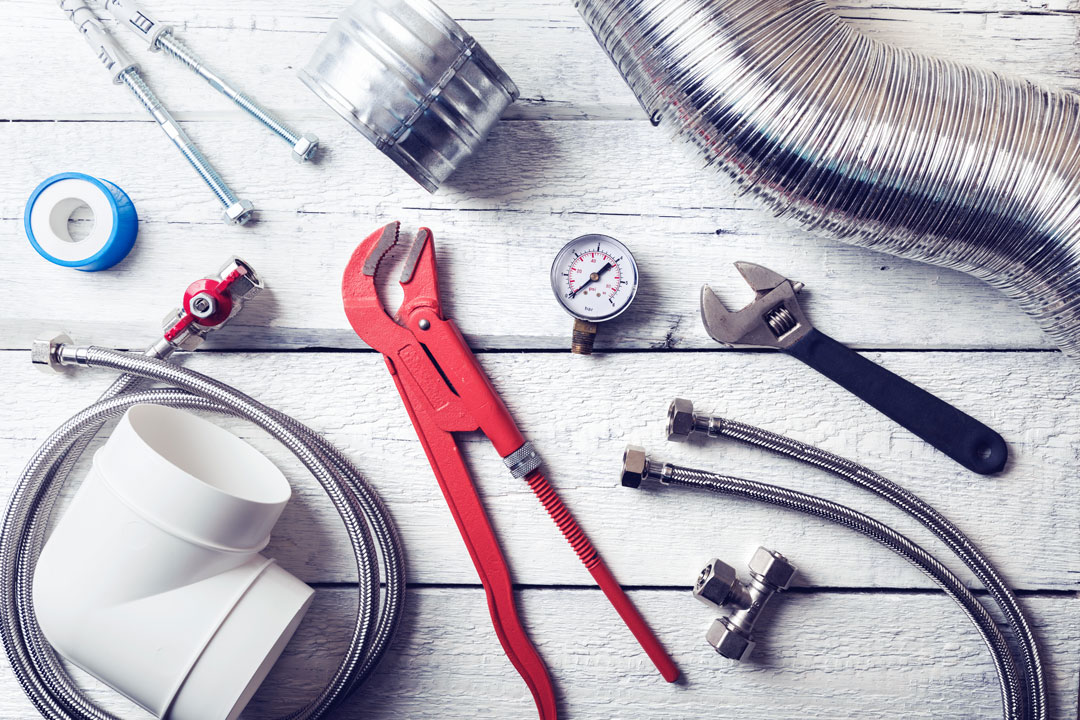Sump Pump Maintenance
Written By: City View Plumbing & Heating

Sump pumps, you always know spring is in the air when you hear them come on in your basement. Sump pumps are an easy piece of equipment to forget or neglect because they are hidden away in the dungeon of your sump pit in the basement. Fortunately sump pumps are nothing to be afraid of and can be your savior during a season of high rain.
Quick Pump Maintenance
- Sump pumps should be checked at least twice a year to confirm there is nothing wrong with them, they are the only thing standing between you and a wet basement.
- Remove the lid from your sump pump so that you can test it properly. Remember to hook the discharge pipe back up if you had to disassemble it to remove the lid otherwise you’ll have a geiser in your basement.
- Most sump pits have a bottom that are around 3-4 feet into the ground. After getting as much water out of the pit as possible clean the bottom of the tank which can tend to accumulate rocks and sand. This is really important as during large rains small rocks and sand can start to wreck the impeller in the bottom of the pump.
- After the tank is clear of debris, now you’ll want to test the float switch and confirm that it is working properly. You can either lift the float if it is a tethered or vertical style or you will have to fill the tank with a little bit of water to set off the other types of switches.
- Make sure that the check valve is working properly and that you have one. If the pump turns off and water rushes back into the bottom of the tank you are shortening the life of the pump. Adding a check valve within a few feet of the pump will drastically prolong the life of the pump.
- After everything is working in your basement go outside and check where your pump is discharge to. Try and aim the discharge away from your house as far as possible to get the water away from your foundation.
Four Types of Float Switches
- Tethered Float: This is used in a deeper and wider diameter basket it floats on top of the water and when the float goes fully vertical, because the tank is nearing full, it will turn the sump pump on. These most commonly use a plug through switch meaning you plug the pump into the switch and then into the wall.
- Vertical Float: These are fixed on the pump and once the float reaches a certain height it will turn the pump on. This type will keep a smaller amount of water in the tank but will run more often.
- Electronic Switch: These use probes to detect the height of the water in the basket. There is a high water one and a low water one to tell the pump when to turn on and off.
- Diaphragm Switch: This type of switch turns on when the water pressure in the tank is high enough to turn the pump on. If you have this style switch we suggest moving to a float style if possible or an electronic one as both of those are more reliable.
Or Just Give Us A Call
If you are not sure please give us a call and one of our expert technicians can come out and do a full check up on your sump pump and make sure it doesn’t let you down this season.
